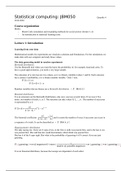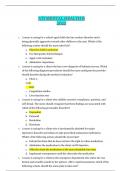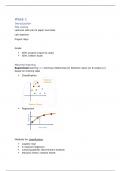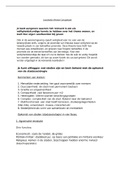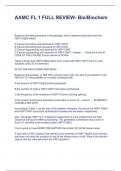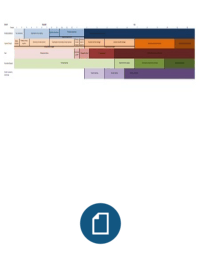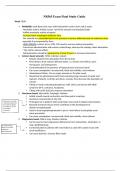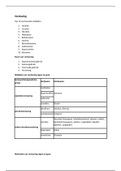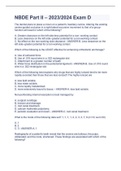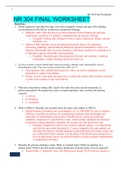Samenvatting
Summary Statistical computing TUe
This is a summary of the statistical computing (JMB050) course on the Eindhoven University of Technology. It is based on the lectures in year and the examples that we covered in class. Our teacher was K. Deun. It contains my notes of all the twelve lectures, with some screenshots of the slides.
[Meer zien]
